Photo: simplesucker.com (makers of plastic windshield mount for phone)
Getting ready for a road trip still calls for packing and getting in the car, but when it comes to maps and routes and where to stop and where to stay…well, there’s an app for that. Quite a few, in fact.
We’ve spent some time sorting through some of our favorites and some that look enticing enough we’ll be trying them out over the coming weeks and months. And we’d love to hear your experience with these and others. Unless noted, all are free and available for Android and Apple devices.
For this blog, we’ll stick mainly to GPS, mapping and route planning. Later we’ll get to the ones that check out your car, find cheap gas, call a tow truck and more—even make fake engine sounds in case your hybrid or electric is putting you to sleep.
I still love my paper maps, especially for walking and for planning, but it’s hard to beat the current crop of electronics. Aside from offering you (in most cases) maps more up-to-date than paper, they can incorporate current traffic information and more. Among the contenders are Google Maps, Mapquest, ViaMichelin and RoutePlanner.
Google Maps and its navigation have been my go-to for quite a while, but it seemed sensible to see what else is out there…and the alternatives are impressive.
ViaMichelin Navigation
The smartphone version of Michelin’s desktop site includes low-battery-drain GPS, route planning with options for least expensive, shortest, scenic, etc., cost estimates for trip, and connections to other Michelin apps for hotels, restaurants, gas stations, etc. GPS includes some traffic info for many areas, and a list of speed cameras across Europe. My favorite quirk: in the written directions you’ll occasionally find a note like “You’ve been driving two hours; take a break!”
Among its strong points, perhaps its strongest, is the clear, no-nonsense display that
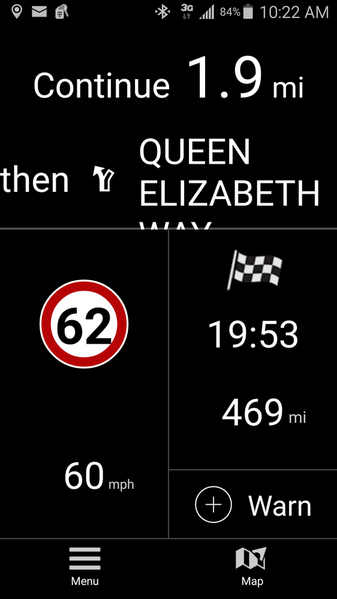
clear no-nonsense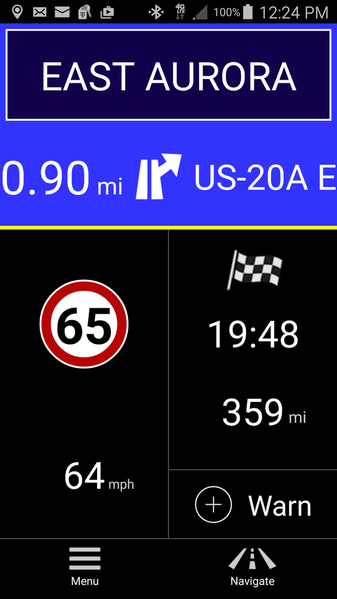 display that avoids distracting the driver. Not important if your shotgun passenger is navigating for you, but important for solo driving. There’s a difference between listening for the GPS voice and glancing at the device. ViaMichelin also uses GPS and device to let you know both your speed and the legal limit. The panel turns red when you’re over.
display that avoids distracting the driver. Not important if your shotgun passenger is navigating for you, but important for solo driving. There’s a difference between listening for the GPS voice and glancing at the device. ViaMichelin also uses GPS and device to let you know both your speed and the legal limit. The panel turns red when you’re over.
But ViaMichelin has some weak points as well: It relies on a map set from TomTom, one of the major makers of hardware GPS devices, but it may not (some users complain) be updated frequently enough. And, for city driving, at least as far as my test in Toronto and Brooklyn, it may miss finer details. In Toronto, it missed a segment connecting two streets, telling us to simply turn from one onto the other.
In Brooklyn, the map view was too dense to read names under the purple arrows, and the step-by-step directions told me how soon to turn, but not the name of the street. Compare these screenshops from ViaMichelin, left and Google Maps, right. Note that ViaMichelin also missed the spot on Union Street by a few blocks.
Also, as with the others, there are desktop features that would be nice. In ViaMichelin's case, that includes more extensive settings for toll/no toll and its useful estimator of the costs for each route. You'll need to use those before you head for the car.
Google Maps and Navigation
This is the 800-lb. gorilla of the smartphone apps, and the one most likely already on your
phone unless you’re using an iPhone. And it's available there, too. Its strengths are simple but serious: it not only has probably the best maps of these apps, but also incorporates Waze, which adds crowd-sourced traffic data to official reports and displays changes as you go. That lets us navigate even familiar areas more efficiently, since we can use alternate routes when our regular "turns red."
It's also the easiest of the apps to enter start and end addresses into (ViaMichelin always assumes you're starting from where you are; Google allows "My Location" but doesn't insist on it). Much as auto-complete functions in a computer browser guess what you're entering, once you type a bit of the address, Maps offers suggestions. And because it's linked to Google's huge search databases, you don't have to be very precise. "Villa Roma Syracuse NY" will be enough, and if there's more than one, you'll get a list.
Those strong points for Google (easy entry, fresh traffic data, extensive search) are helpful, but a number of others are left behind on the desktop. For instance, all the information shown on the screenshot above is current...but not helpful if y
ou're planning for tonight or tomorrow morning or Christmas Eve, when the traffic will be different. On the desktop, you can specify when you plan to leave or want to arrive, and it will generate estimates from its vast database.
The Google Navigation weak points are few, indeed, in view of the pluses. One is the detail of the display as seen above; it's great when you're not driving, but even the simpler version that goes with the voice prompts is not an easy glance—and can also confuse by alarmingly changing orientation on-screen when the phone is picked up, another issue.
Mapquest Navigation
Mapquest, long one of the major computer map sites, has similar ambitions to ViaMichelin and Google Maps, but at this point it's a weak contender. For a start, it's fairly U.S.-centric; in much of Europe it can't find specific street addresses (it failed on all the apartments I've used in Paris) and even on major destinations such as "CDG" or "Aeroport Charles de Gaulle."
In U.S. tries, it does well with street addresses, but has issues with named places
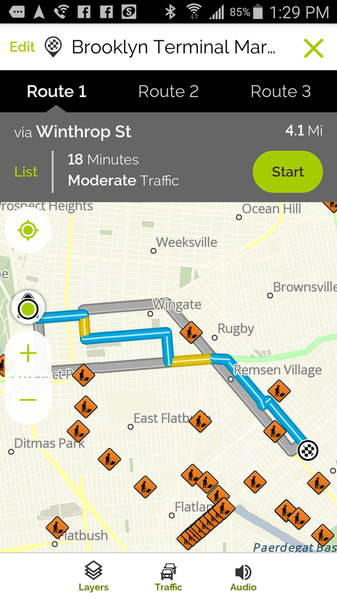
Asking for directions to "Brooklyn Terminal Market" (a major wholesale market) turns up a list of Brook-lyn businesses with market in their names, and the market's operator.
In one of its attempts to differentiate itself from the others, it has a "layers" display, that allows you to select such things as hotels, shopping, restaurants, etc. to be displayed on the map. Used on a part of the Park Slope neighborhood in Brooklyn, however, it was less useful than it might have been. It showed some, but not all, hotels, and misplaced some of them on the map by a block; it showed both grocery stores and restaurants under food, and both cafes and coffee stores under coffee.
On my sample route request, it offered three choices...all showed on a map, but only by checking three separate tabs was I able to see the time and traffic estimates. As you'll note, not only did it provide traffic information for the routes, it also gave a graphic indicator of every bit of roadwork it could find, cluttering the map with obstructions that had nothing to do with the route.
The "in-transit" display, once navigation starts, has fairly clear and "glanceable" directions at the top; the map itself and its labels are too faint and could be distracting. Ignore them...
ALL THINGS CONSIDERED...
My heart belongs to ViaMichelin for its clear and functional display, and I'm rooting for it to get better at local streets. I'll definitely be using it a lot, but for city driving I'll still be turning to Google Maps. Mapquest? Sorry...not in the race.
Of course, on-the-road GPS navigation isn't the only type of mapping for driving, and in another blog we'll take a look at some that are mainly for pre-trip planning. These include the AAA Mobile App, which includes a huge database of information from Triple-A, as well as connections to road service for members, and RoadTrippers, which is designed to put together itineraries for your trip.
And we'll look at some non-map apps as well, ranging from tools to track maintenance of your car, to call for service and suggest what might be wrong with the car, to find cheap gas and even—yes, the one with the Lamborghini sounds.
We'd love to hear about your experiences with these tools and others, and for those of you who have been using hardware GPS devices: we'd love to hear comparisons, especially if you've used both.

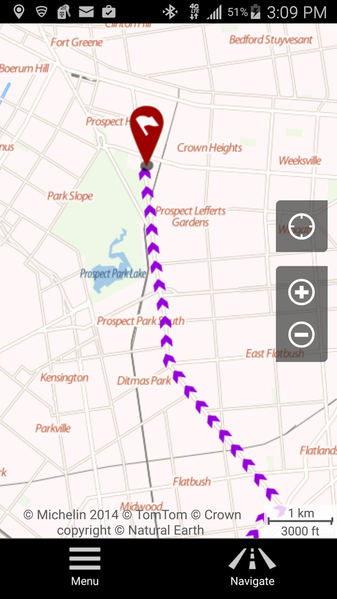
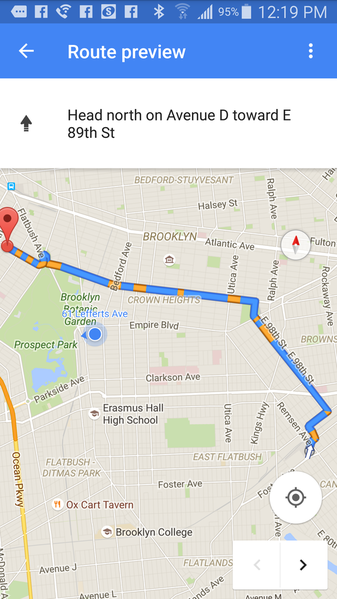
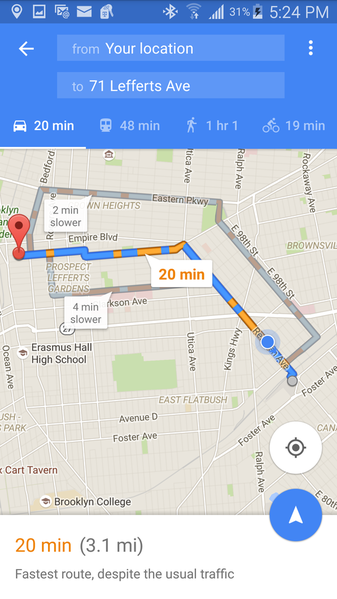
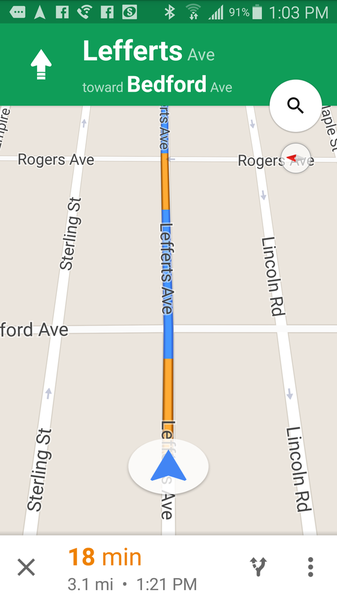



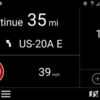
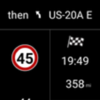

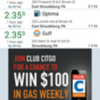
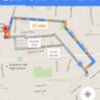





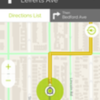
Comments (2)